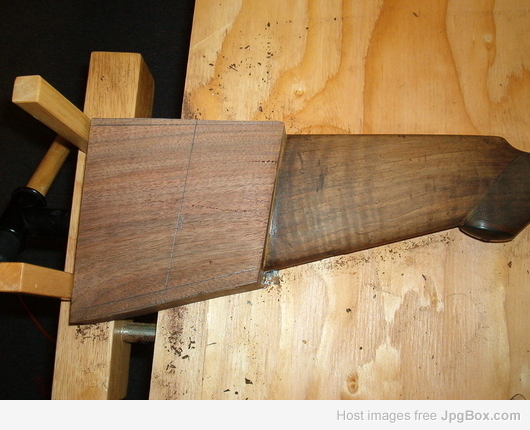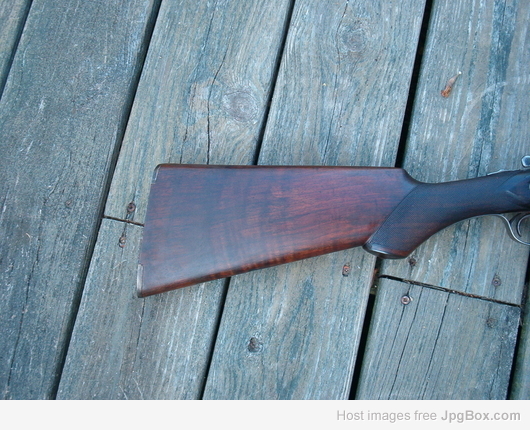If it were me I would just send it to Mark Larson, tell him what you want, and pay him for it. He makes his living as an artist, has the right materials, and knows what he's doing.
You'd wind up with 4 positives: support the arts, get the job done right, no expenditure on expensive materials you likely won't use again, and less frustration on your part.
I disagree for the simple reason that this is supposed to be a DIY, or Do It Yourself Gunsmithing forum where people can learn from others who are willing to share their experience and methods. Nothing wrong with asking for the name of a good professional if the OP is not equipped or would rather not risk an amateur screw-up. It is always good to recognize your own limitations. But that wasn't the question, and an existing non-matching extension is already screwed-up, so there isn't much risk of destroying collectors value.
I wish I had more to contribute, but I myself have never attempted faux grain painting. That's why I keep a good supply of different walnut scraps, to have a really good selection to choose closely matching wood for repairs. Part of me would like to learn, but there is little information available to even get someone started. I'll be watching this thread with interest to see what I might learn.
From what I understand, the aforementioned artist/practitioner charges in the neighborhood of $800.00 for a faux grain painted stock extension. Please correct me if I'm wrong. $800.00 would buy a lot of paint, india ink, brushes, airbrush, etc., or go a long way toward restocking. It likely would not make economic sense for many run of the mill field grade doubles.


